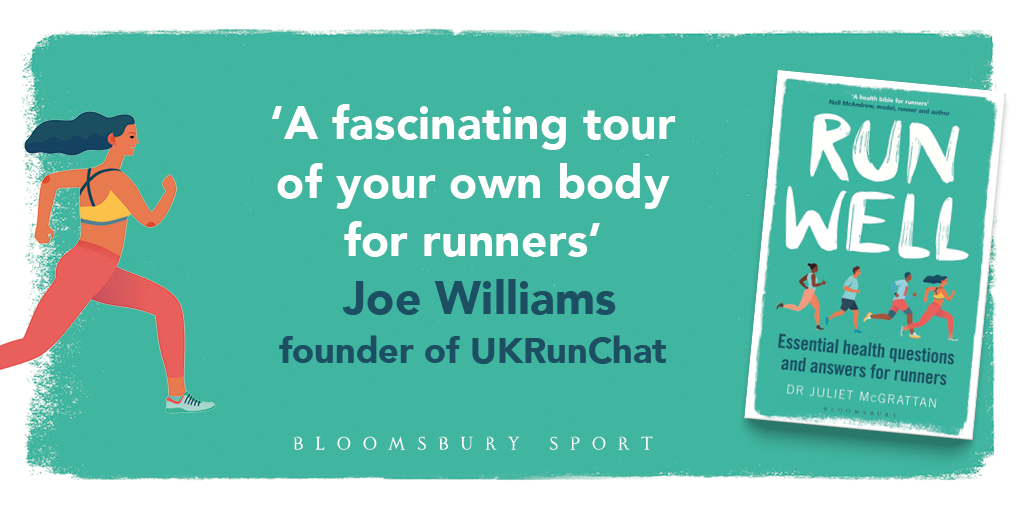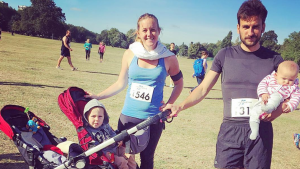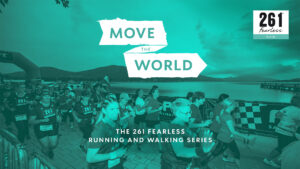I love hot weather. I’d definitely rather be hot than cold. But when it comes to running, this kind of heat wave can certainly throw up some challenges. There are plenty of posts about how to keep cool when you’re running, I wrote one myself a few years ago, you can read it here. But what are the dangers of overheating? What is heat stroke? Is heat stroke the same as heat exhaustion? How do you know which you have and how can you help someone else who is suffering? Here’s a run down of heat stroke and heat exhaustion to help you.
Thermoregulation
Thermoregulation is the mechanism our body uses to control our temperature. Our core temperature, our internal temperature, is around 37˚C. At this steady temperature all our bodily organs can function at their best. When the temperature around us rises, temperature receptors in the skin send messages to the hypothalamus in our brain. The hypothalamus also monitors the temperature of the blood. The hypothalamus then triggers certain cooling mechanisms:
- Sweating – when sweat evaporates from your body it takes heat with it.
- Hair muscle relaxation – when we’re hot, the fine hairs on our skin lay flat. This means increased temperature loss from our skin. (When we’re cold the tiny muscles contract and the hairs stand upright).
- Faster breathing – we shed heat in our warm breath
- Dilating blood vessels – wider blood vessels means more blood is at the surface of the skin where it can lose heat. This is why you go red in the face.
Lots of things can increase your body temperature and exercise is one of them. If you’re running on a very hot day then the air around you is already warm and it’s harder for your body to lose heat into it. If it’s very humid too, then your sweat doesn’t evaporate off quickly so you lose some of the benefit of this cooling mechanism.
Heat cramps
When your core temperature increases but is still below 40˚C the first thing you might notice is feeling very thirsty, a fast pulse rate and some cramps in your muscles. It’s fairly easy to reverse things at this stage by resting, drinking fluids and finding somewhere cool to sit.
Heat exhaustion
If you ignore the cramps, don’t take steps to reverse things or your cooling mechanisms aren’t enough to bring your core temperature down, you can move into heat exhaustion. Your body is rapidly trying to cool you so you’ll be flushed and sweating and will feel hot and not well. You might feel dizzy, nauseated, clumsy or irritable. Your core temperature is still below 41˚C.
Heat stroke
This is very serious. Your body’s cooling mechanisms may have switched off so you can actually feel cold and stop sweating. You may be confused, poorly co-ordinated and even have a seizure. You are seriously unwell. When the core temperature goes above 41.5˚C your body’s organs are at risk of failing which can lead to severe damage or even death. Treatment is in hospital where they can rapidly cool you. Organ function can be monitored and supported. Interestingly, they won’t cool you to less than 39˚C because of the risk of a rebound rise in temperature if it drops too quickly.
Treating heat exhaustion
Clearly the key is to avoid heat cramps and heat exhaustion to reduce the chance of progressing to heat stroke. Taking steps to keep yourself cool when you run will help reduce this risk but if you do start to heat up or you see someone else struggling here’s what to do:
- Move the person to a cool place – a car with air conditioning is ideal. Get out of the sun!
- Lie them down and elevate their legs.
- Give them cold fluids to drink – icy cold drinks will help most but anything is good.
- Loosen their clothes to let the air circulate around them. Fan them too to keep the air moving.
- Sponge them down with cool water. Put ice packs on their palms and soles of feet if they’re available.
- Call an emergency ambulance if they aren’t feeling better in 30 minutes or they are confused and unwell.
- If they become unconscious then put them in the recovery position and keep checking their breathing. If breathing stops then begin basic life support.
Be sensible. Listen to your body. Stop if you need to. Run safely everyone.
You can find more information about heatstroke, keeping cool when you run and basic life support too in my new book Run Well: Essential health questions and answers for runners. It’s packed with advice and tips to help you run healthily. It’s published by Bloomsbury and available from all good book sellers.

Featured image: Horst von Bohlen







